Mobile connectivity has come a long way since the days of removable plastic SIM cards. Today, staying connected, whether you're working remotely, streaming on vacation, or managing a smart home, depends on understanding new technologies like eSIM and vSIM.
While these new formats promise more flexibility and speed, knowing the differences between SIM, eSIM, and vSIM is crucial when choosing mobile devices, routers, or hotspots.
Traditional SIM: The Well Known Physical Card
The SIM card (Subscriber Identity Module) has been the foundation of mobile communication for decades. It’s a small plastic chip you insert into your device to connect to a mobile network.
Pros:
- Widely supported across all devices
- Easy to swap between phones or hotspots
- Compatible with global/local data providers
Limitations:
- Must be physically inserted
- Easy to lose or damage
- Switching networks requires swapping SIMs
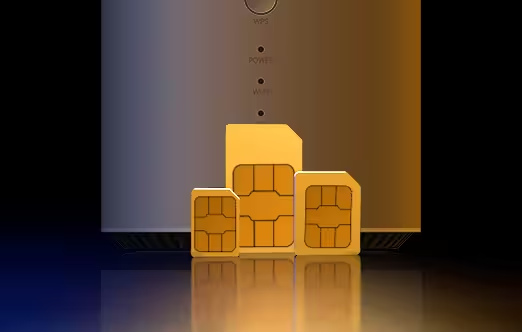
eSIM: Embedded SIM, Digitally Activated
eSIM (Embedded SIM) is a tiny chip built directly into your device during manufacturing. You activate your plan digitally, no physical card required.
Technical highlights:
- Built-in: No need for a SIM tray
- Remote activation: Install via QR code or app
- Store multiple profiles: Perfect for dual use (work + travel)
- Secure & tamper-proof: Ideal for smartphones and smartwatches
Common use cases:
- Frequent travellers
- Modern smartphones (iPhone, Pixel, Samsung)
- Wearables and laptops
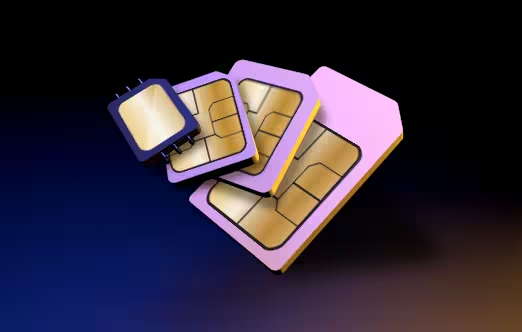
vSIM: Virtual SIM, the Software-Based Future
vSIM (Virtual SIM) is a software-only solution that mimics the behavior of a SIM card, but without any physical hardware. It uses cloud infrastructure to manage network profiles and connections.
Benefits:
- No hardware required
- Instant switching between carriers
- Ideal for IoT, connected vehicles, and enterprise solutions
- Still emerging, not yet widely available in consumer smartphones
Example use cases:
- Smart factories
- Logistics fleets
- Enterprise data management
- International data switching
Key difference:
eSIM = hardware evolution
vSIM = software revolution
STRONG Mobile Devices: Stay Connected with SIM-Based Wi-Fi
While eSIM and vSIM are innovative, most travelers and mobile workers still rely on flexible, SIM-compatible devices that allow easy switching between local carriers. That’s where STRONG’s connectivity lineup shines.
- SIM Type: Nano to Micro SIM
- Connects up to 10 devices
- Ideal for: Weekend trips, mobile work, international SIMs
4G Portable Hotspot 150C with Display
- SIM Type: Micro SIM
- LCD screen: Check signal and battery in real time
- Perfect for: Travelers monitoring their data abroad
- SIM Type: 2 SIM card adapters to fit with any size of SIM cards
- Wi-Fi speed: Up to 300 Mbit/s
- Use case: Home internet without DSL or fiber
- SIM Type: Nano SIM card
- Supports 5G + Wi-Fi 6
- Perfect for: High-speed internet at home, office, or mobile workspace
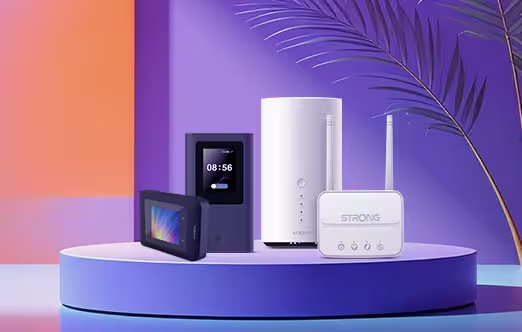
All four devices are SIM-unlocked, allowing you to:
- Use local SIMs when traveling
- Avoid roaming charges
- Set up reliable Wi-Fi wherever mobile data is available
None of STRONG’s mobile routers or hotspots currently use eSIM or vSIM, instead, they offer maximum flexibility with standard physical SIM slots (Mini or Nano SIM).
SIM vs eSIM vs vSIM: Quick Comparison
Choosing between SIM, eSIM, and vSIM depends on your needs:
- For most users, physical SIMs (like those supported by STRONG routers and hotspots) offer the best mix of simplicity and flexibility.
- If you travel often or want seamless switching, eSIM is perfect, provided your device supports it.
- For enterprises or IoT environments, vSIM offers scalable, cloud-first solutions without physical constraints.
Whatever your setup, STRONG’s 4G and 5G routers give you the freedom to stay online anywhere, with the carrier of your choice, and the SIM plan that suits you best.




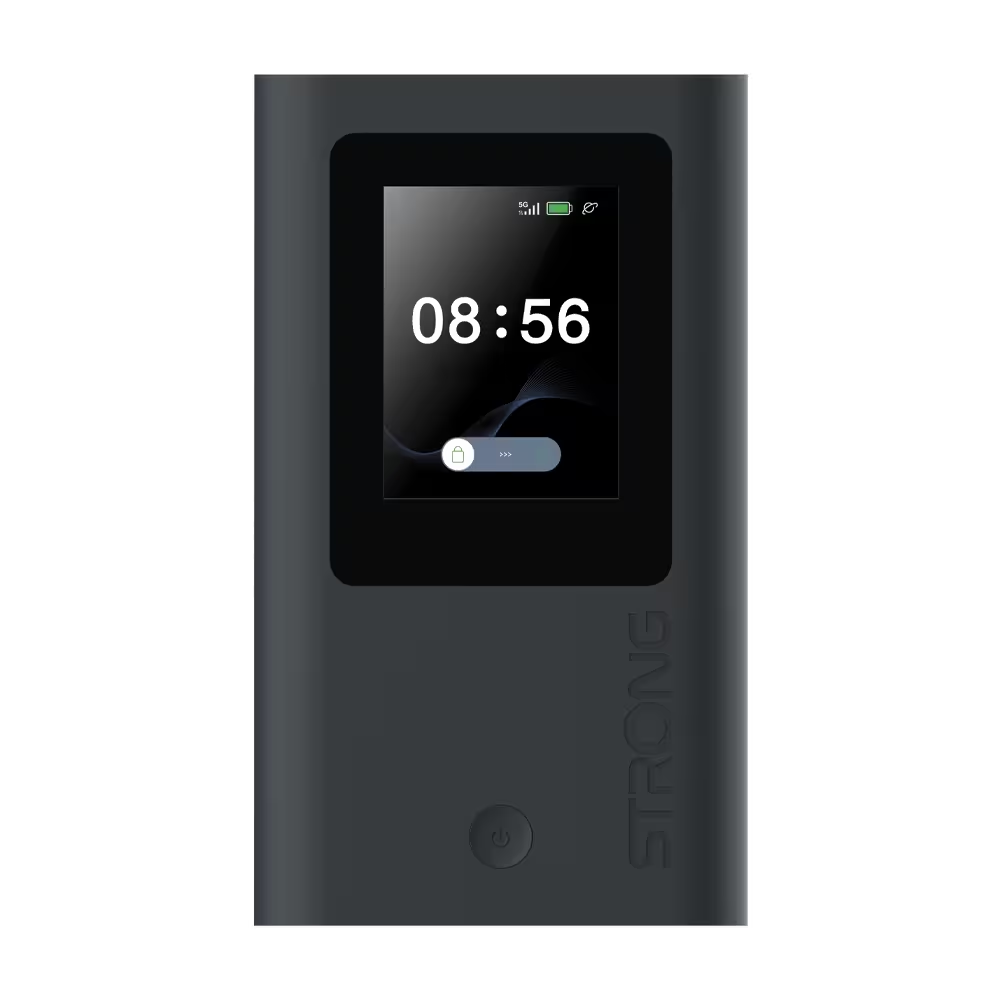
.avif)

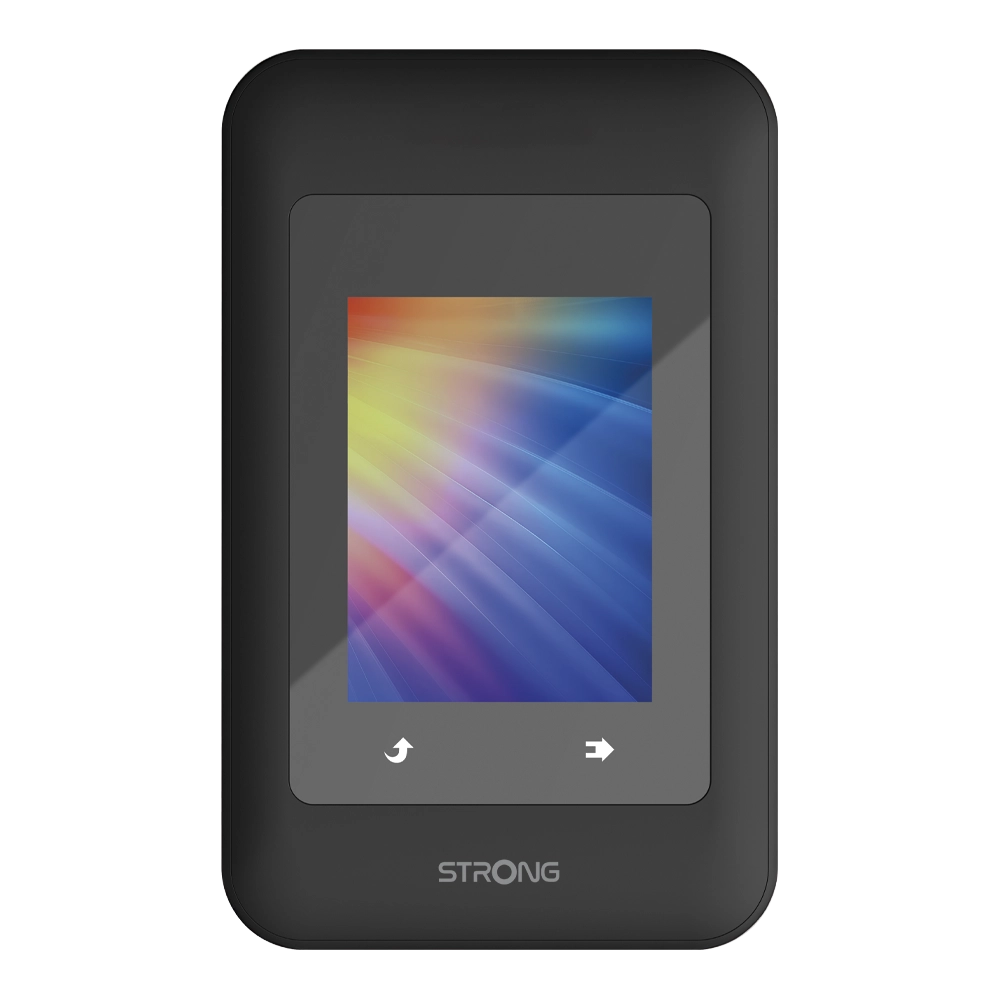

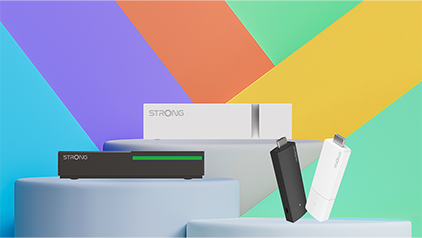
.avif)